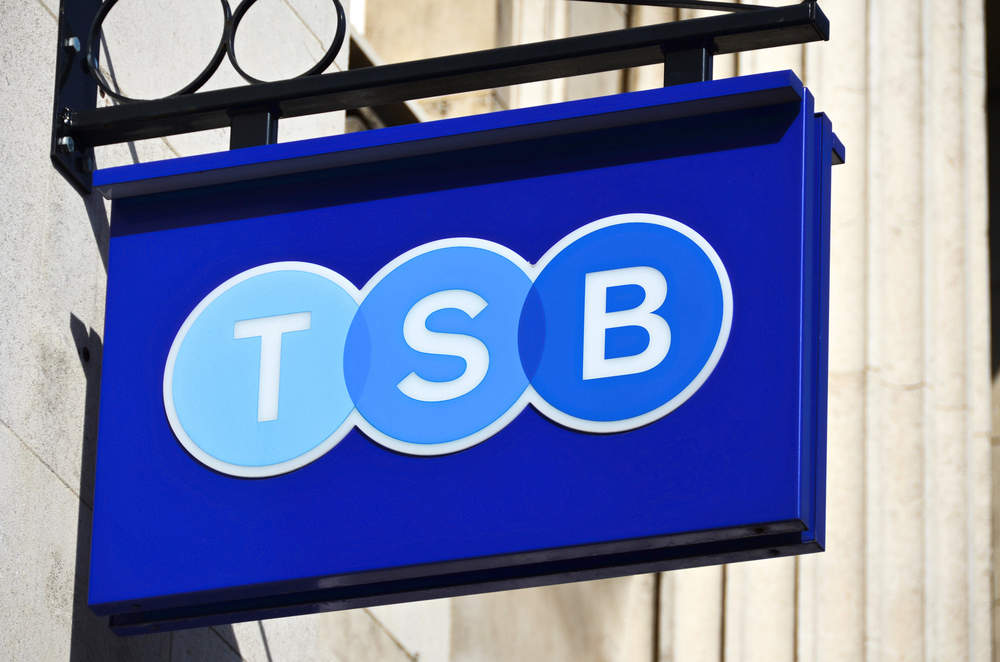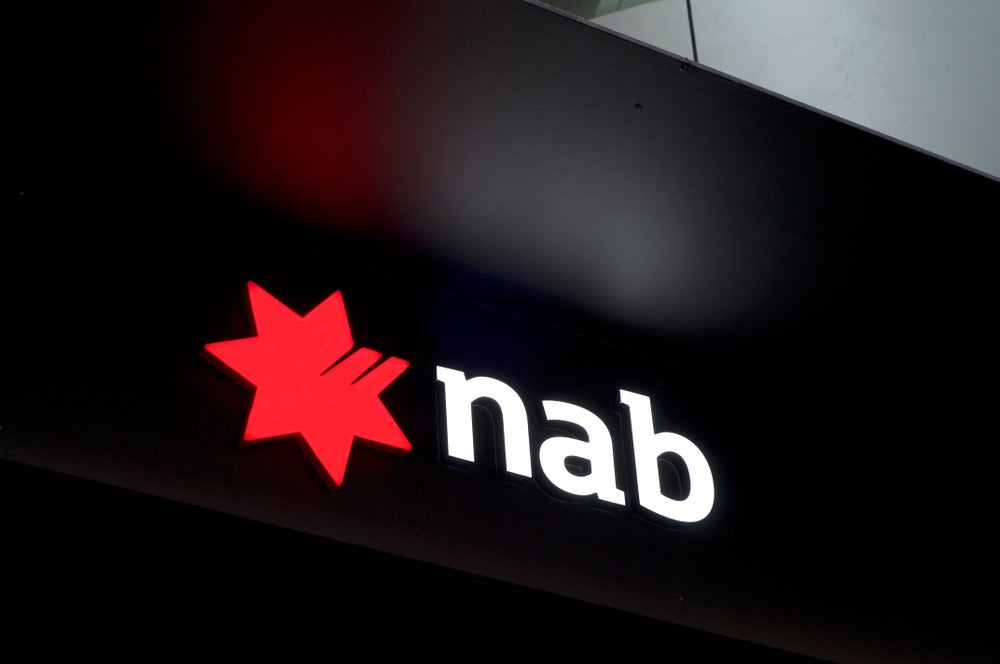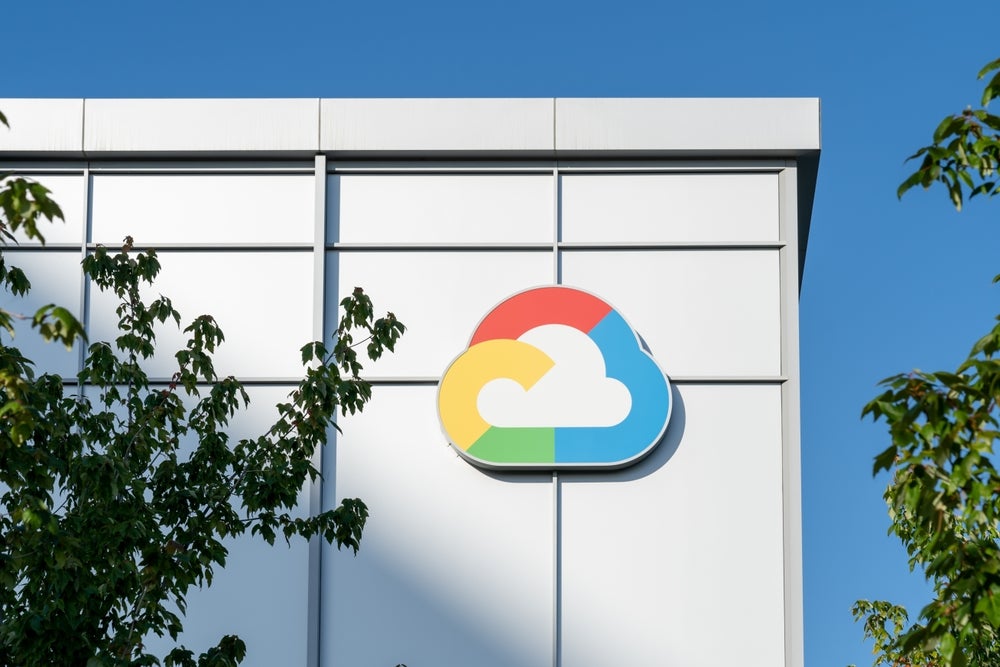
TSB is to close 86 branches in 2020, reducing its branch network from 540 to 454 outlets as part of its 2019-2022 strategic plan.
The bank reveals a number of key financial targets in the 2022 TSB strategic plan:
- £120m investment to transform digital channels over next three years;
- 5% net lending growth per annum;
- Profit target of £130 million – £140 million by 2022;
- Significantly improved efficiencies with 15 percentage point improvement in cost to income ratio;
- Specifically, TSB target £100m in net cost savings by 2022
TSB’s CEO Debbie Crosbie says that the current branch network is unsustainable. In particular, the current TSB distribution model is heavy on branches. TSB has around 1.6 branches per 10,000 active customers. The UK sector average is around 0.8 branches per 10,000 active customers.
Moreover, on a call with analysts, Crosbie does not rule out further branch closures during the review period.
On the other hand, TSB is investing in flagship branches. It opened three in 2019 and will refresh its remaining network.
Moreover, the bank has heavy lifting to do to meet its digital sales target. In the year to September 2019, about 46% of TSB sales are digital. It is targeting 70-80% digital sales by 2022.
How well do you really know your competitors?
Access the most comprehensive Company Profiles on the market, powered by GlobalData. Save hours of research. Gain competitive edge.

Thank you!
Your download email will arrive shortly
Not ready to buy yet? Download a free sample
We are confident about the unique quality of our Company Profiles. However, we want you to make the most beneficial decision for your business, so we offer a free sample that you can download by submitting the below form
By GlobalDataThe need to cut costs significantly is highlighted by TSB’s eye-wateringly high cost-income ratio. In Q3 2019 the TSB cost-income ratio hit an unacceptably high 85%. This is up from 73% in 2016 and 76% in 2017.
By contrast, Lloyds Banking Group’s cost-income ratio is in the mid 40s.
That is, perhaps an unfair comparison. TSB’s peer group includes Santander, Metro Bank, Nationwide and Clydesdale/Virgin Money.
TSB strategic plan: digital sales targets
Currently, about 56% of TSB customers are digitally active. It aims to grow this metric to 75%+ by 2022.
Crosbie adds: “With a trusted brand, modern platform, and national presence, TSB is well placed to deliver – but we need to make changes to enable us to compete.
“The plan we’re sharing today involves some difficult decisions, but it sets TSB up to succeed in the future. Taken together, these changes will help us to serve more customers, better, for the long-term.”
TSB will continue to grow and diversify its lending book with around 5% net lending growth per annum.
The bank will incur branch and restructuring charges of around £180m. It forecasts that by 2022 it will from the current broadly break-even position in 2019 to a profit after tax of around £130m – £140m in 2022. At these levels, TSB’s underlying Return on Equity will be around 7%.







